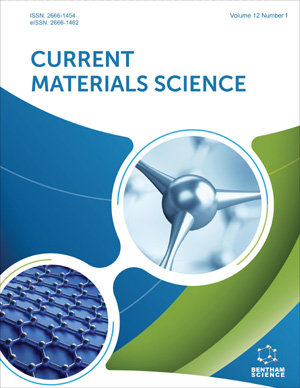Abstract
Tailoring the electronic, surface and morphological properties alter the
catalytic properties of the material(s), specifically at the nanoscale. In the past years, a
plethora of research has been reported to find sustainable and eco-friendly catalysts for
environmental pollution remediation. In this direction, titania nanoparticles have been
intensively explored to check their potential for photocatalytic removal of various
pollutants. In the current scenario, where the growing population needs to feed on an
everyday basis, abundant pesticides indiscriminately are being used to increase crop
yield, thus causing environmental pollution and ecological imbalance. In order to
remove these environmental pollutants along with the polycyclic aromatic
hydrocarbons (PAHs) that are formed by incomplete combustion of crop residue or any
other organic matter have been studied, and the results reported for these two
categories of pollutants are summarized in this chapter.
Keywords: Pesticides, Photocatalysis, Polycyclic aromatic hydrocarbons (PAHs), Titania nanoparticles.






















